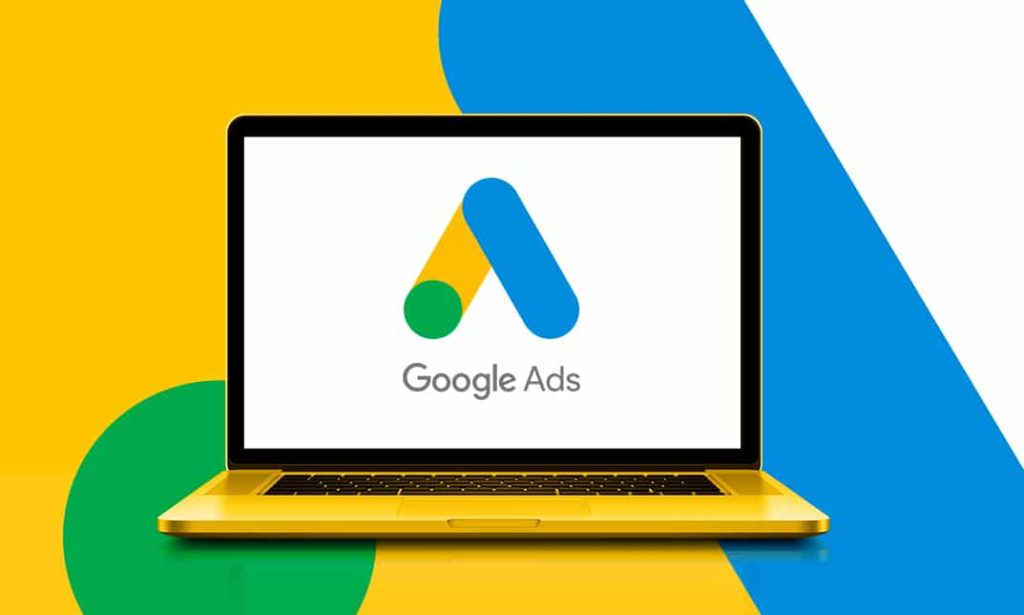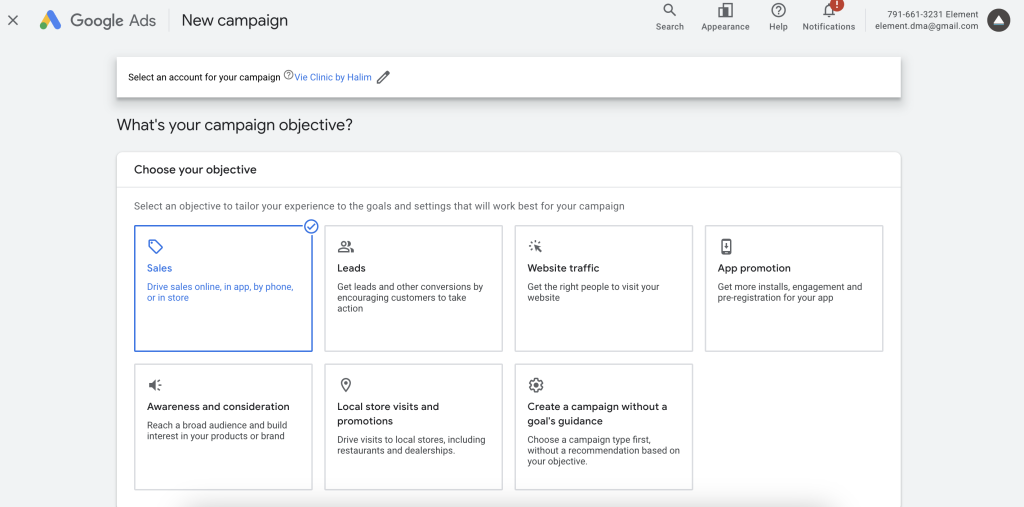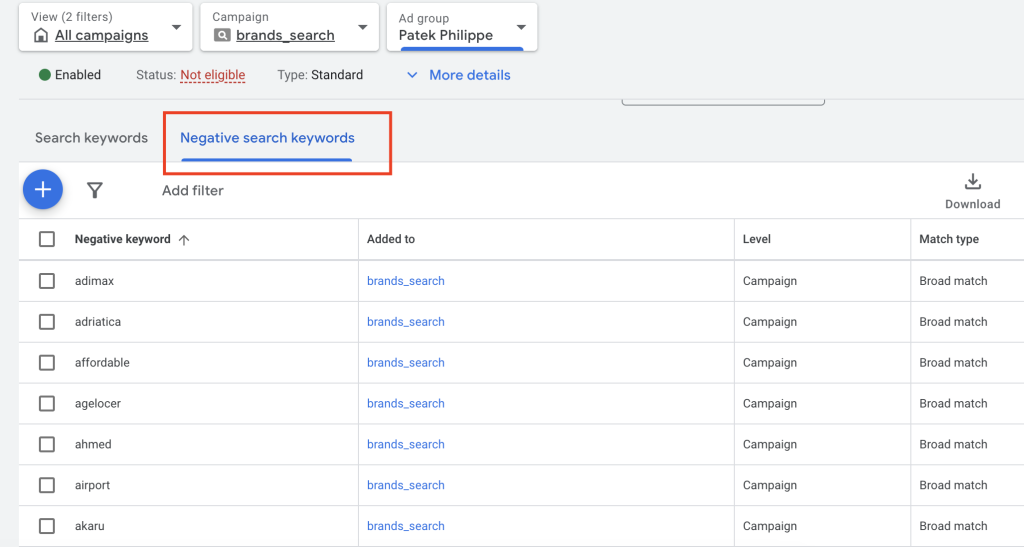10 Powerful Tips for Creating Effective Google Ads on a Small Budget

Running effective Google Ads campaigns on a small budget might seem daunting, but with strategic planning and optimization, you can achieve significant results. This guide delves into various techniques to help you make the most out of your limited ad spend, ensuring every dollar works hard for your business.
Contents:
- Understanding Google Ads
- Setting Clear Objectives
- Building a Strong Campaign Structure
- Achieving High-Quality Scores
- Targeting Long-Tail Keywords
- Optimizing Landing Pages
- Concentrating on Core Keywords
- Leveraging Automation
- Utilizing Ad Extensions
- Implementing Negative Keywords
- Analyzing and Measuring Performance
- Effective Budget Allocation
- Case Studies
- Common Pitfalls and Solutions
- Future Trends in Google Ads
- FAQ
Understanding Google Ads
Google Ads, a powerful online advertising platform, enables businesses to display ads on Google’s search engine and its advertising network. Leveraging Google Ads can significantly boost visibility and attract potential customers. However, maximizing ROI with a small budget requires precise strategies and meticulous planning.
Setting Clear Objectives
The foundation of a successful Google Ads campaign is setting clear, measurable objectives. Begin by defining your overall business goals, such as increasing sales, boosting brand awareness, or generating leads. Once these broad goals are established, refine them into specific, actionable advertising objectives. For instance, if your goal is to boost sales, your advertising objective might be to increase the number of online purchases by 20% within three months.

Building a Strong Campaign Structure
A well-organized campaign structure is crucial for managing and optimizing your Google Ads effectively. Create distinct campaigns for different product lines or services, and within each campaign, set up tightly themed ad groups. This approach allows for more precise targeting and tailored ad copy, leading to higher relevance and better performance. Ensure each ad group focuses on a single keyword theme to enhance ad relevance and improve Quality Scores.
Achieving High-Quality Scores
Google’s Quality Score is a critical metric that influences your ad rankings and costs. It’s determined by the relevance of your ads, keywords, and landing pages. To achieve a high-Quality Score, focus on creating compelling ad copy that aligns closely with the keywords and user intent. Additionally, ensure that your landing pages provide a seamless and relevant experience for users, directly addressing the promise made in the ad.
Targeting Long-Tail Keywords
Long-tail keywords, which are more specific and less competitive than broad keywords, can be highly effective for small budget campaigns. These keywords typically have lower search volumes but attract more qualified traffic. By targeting long-tail keywords, you can reduce costs and improve conversion rates, as these searches are often closer to the point of purchase.

Optimizing Landing Pages
Your landing page is where conversions happen, so it’s essential to optimize it for user experience and relevance. Ensure that the content on your landing page matches the ad copy and provides clear, actionable steps for users. Use A/B testing to experiment with different layouts, headlines, and calls-to-action to determine what resonates best with your audience.
Concentrating on Core Keywords
When working with a limited budget, it’s crucial to focus your spending on core keywords that are most likely to drive conversions. Implement Single Keyword Ad Groups (SKAGs) to increase relevance and control over your ads. SKAGs allow you to create highly targeted ads that closely match the user’s search intent, leading to higher click-through rates and better performance.
Leveraging Automation
Automation tools in Google Ads, such as Smart Bidding and Responsive Search Ads, can help maximize your campaign efficiency. Smart Bidding uses machine learning to optimize bids for conversions, adjusting in real-time based on various signals. Responsive Search Ads allow Google to test different combinations of headlines and descriptions, automatically identifying the best-performing variations.
Utilizing Ad Extensions
Ad extensions provide additional information and options for users, enhancing your ads’ visibility and effectiveness. Use location extensions to attract local customers, call extensions to enable direct phone calls, and affiliate location extensions to highlight nearby retail availability. These extensions can improve click-through rates and drive more qualified traffic to your site.
Implementing Negative Keywords
Negative keywords help prevent your ads from showing up in irrelevant searches, saving your budget for more pertinent clicks. Regularly review your search terms report to identify and exclude keywords that don’t align with your campaign goals. This practice ensures that your ads are only displayed to users with genuine interest in your products or services.

Analyzing and Measuring Performance
Ongoing analysis and measurement are vital for refining your Google Ads strategy. Use Google Analytics and Google Ads metrics to track performance, identify trends, and uncover areas for improvement. Monitor key indicators such as click-through rates, conversion rates, and cost-per-click to understand how your campaigns are performing and where adjustments are needed.
Effective Budget Allocation
Allocating your budget effectively is key to maximizing the impact of your Google Ads. Prioritize spending on high-performing keywords and ad groups, and consider reallocating funds from underperforming areas. Utilize bid adjustments to increase or decrease bids based on factors like device, location, and time of day to optimize your spending.
Case Studies
Examining real-world examples of successful Google Ads campaigns on small budgets can provide valuable insights and inspiration. For instance, a local bakery might use targeted long-tail keywords and location extensions to attract nearby customers searching for freshly baked goods. By focusing on specific, relevant keywords and optimizing their ads and landing pages, they achieved significant growth in foot traffic and sales without exceeding their budget.
Common Pitfalls and Solutions
Avoiding common mistakes in Google Ads management can save you time and money. Some frequent pitfalls include neglecting to set clear objectives, spreading your budget too thin, and failing to optimize landing pages. By addressing these issues and implementing the strategies discussed in this guide, you can enhance your campaign’s effectiveness and achieve better results with a small budget.
Future Trends in Google Ads
Staying abreast of future trends in Google Ads can help you adapt and thrive in an ever-changing digital landscape. Emerging trends such as increased automation, enhanced targeting options, and new ad formats will provide additional opportunities to optimize your campaigns. Keeping an eye on these developments will ensure you remain competitive and continue to make the most of your advertising budget.
FAQ
What are the benefits of using Google Ads on a small budget?
Google Ads can deliver significant results even with a small budget by targeting specific audiences and leveraging precise keywords. Benefits include increased visibility, targeted traffic, and improved conversion rates. Small budgets necessitate strategic planning and optimization, allowing you to achieve high ROI with careful management.
How can I improve my Google Ads Quality Score?
Improving your Quality Score involves creating relevant ad copy, selecting targeted keywords, and optimizing landing pages for user experience. Focus on aligning your ad text with user intent and ensuring your landing pages deliver on the promises made in your ads. Regularly monitor and adjust your campaigns to maintain high relevance.
What are long-tail keywords and why are they important?
Long-tail keywords are specific, often less competitive phrases that attract highly targeted traffic. These keywords tend to have lower search volumes but higher conversion rates, as they cater to users closer to making a purchase decision. By focusing on long-tail keywords, you can optimize your budget and improve ad performance.
How do I optimize my landing page for conversions?
To optimize your landing page, ensure it is relevant to the ad copy, easy to navigate, and provides a clear call to action. Use compelling headlines, concise content, and engaging visuals. A/B testing can help identify the most effective elements for driving conversions, allowing you to continuously improve your landing page.
What are SKAGs and how do they work?
Single Keyword Ad Groups (SKAGs) are ad groups focused on a single keyword, enhancing ad relevance and performance. By using SKAGs, you can create highly targeted ads that closely match user search intent, resulting in higher click-through rates and better Quality Scores. This method allows for more precise control over your ads and budget.
What tools can help automate my Google Ads campaigns?
Several tools can automate and optimize your Google Ads campaigns, including Smart Bidding and Responsive Search Ads. Smart Bidding uses machine learning to adjust bids in real-time for optimal conversions, while Responsive Search Ads automatically test different combinations of headlines and descriptions to identify the best-performing variations.